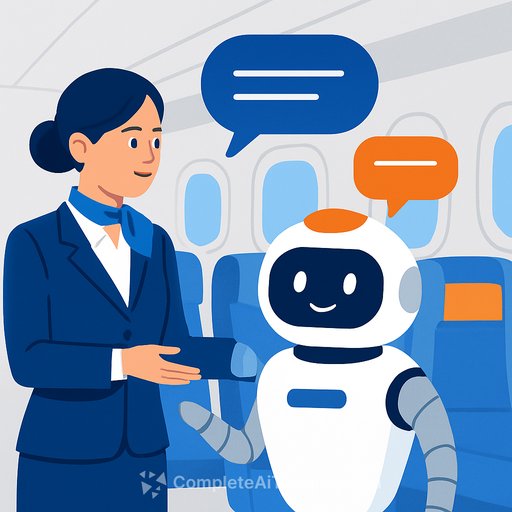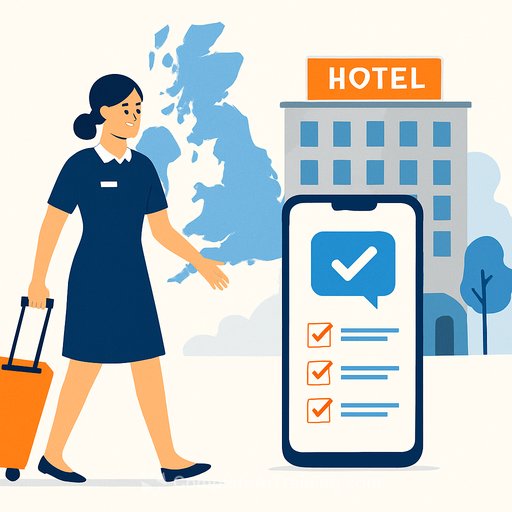ANA deploys "neoAI Chat" across airport, cabin, and flight operations
ANA (All Nippon Airways) has introduced "neoAI Chat," a generative AI platform from neoAI Corporation. The rollout begins this month across ANA Group teams in airport, cabin, and flight operations, following a successful trial at Narita starting in August 2024.
The focus is simple: speed up how frontline teams find precise answers in dense regulations and manuals. Instead of digging through PDFs or phoning an expert, staff can ask a question and get an on-point response in seconds.
"We're honored to partner with ANA, a key player in Japan's airline industry, to enhance aircraft operations using generative AI," said Shunsuke Chiba, President and CEO of neoAI. "By integrating neoAI's technology with ANA's long-standing, firm commitment to safety and quality, we will maximize on-site knowledge and achieve both accuracy and efficiency in operations. We are confident that this initiative will serve as a model case for creating new value in the industrial infrastructure domain through the co-creation of AI and humans, thereby accelerating the utilization of AI across Japanese companies."
What this means for operations leaders
Faster, consistent answers reduce delays and decision fatigue on the line. Expect fewer escalations for routine questions and tighter compliance with current procedures.
- Cabin operations: instant lookups for SOPs, safety briefings, irregular service policies, and crew bulletins.
- Airport operations: quick access to turnaround standards, ramp safety steps, and station-specific notices.
- Flight operations: rapid references to operational manuals, checklists, and company communications.
- Compliance: staff can cite the exact source, version, and clause when needed.
- Training and onboarding: scenario-based Q&A that reinforces current procedures without extra classroom time.
Potential operational gains
- Shorter time-to-answer for procedure and policy queries.
- Fewer errors caused by outdated documents or conflicting interpretations.
- More consistent decisions across stations and shifts.
- Better audit readiness if usage and sources are logged.
Guardrails that keep it safe and useful
- Use approved, version-controlled sources only (regulations, manuals, bulletins).
- Show citations with each answer so crews can verify quickly.
- Flag low-confidence answers and route to a supervisor or duty manager.
- Keep humans in the loop for safety-critical calls and unusual scenarios.
- Coordinate with safety and QA teams to review impact before broad rollout.
How to pilot this in your station or fleet
- List the top 20 questions that slow crews down during turnarounds, boarding, and irregular ops.
- Load only the sources needed for those use cases, then lock versions.
- Baseline current lookup time and error rates; measure before-and-after.
- Pick crew champions to collect feedback and refine prompts and sources weekly.
- Integrate where people already work (crew devices, ops dashboards) to reduce friction.
Why this move matters
Airlines sit on thousands of pages of rules and procedures that change often. ANA's approach shows a practical path to turn that content into quick, reliable answers for frontline teams-without adding workload.
For leaders building similar programs, aligning AI-assisted answers with your safety management system is key. See industry guidance on Safety Management Systems from IATA for context on governance and continuous improvement: IATA SMS overview.
Next step
If you're planning an AI assist for operations, upskilling your team on practical use and guardrails will speed adoption. Here's a curated set of programs by job function: AI courses by job.
Your membership also unlocks:






